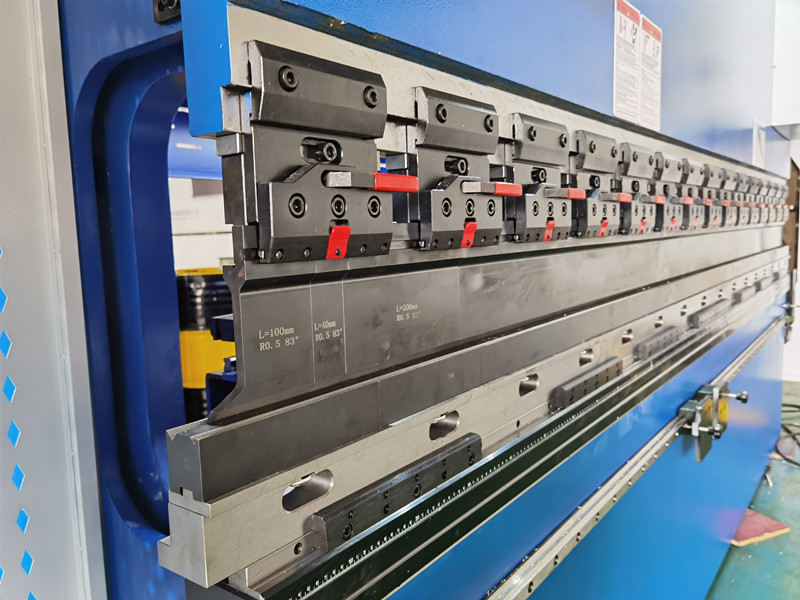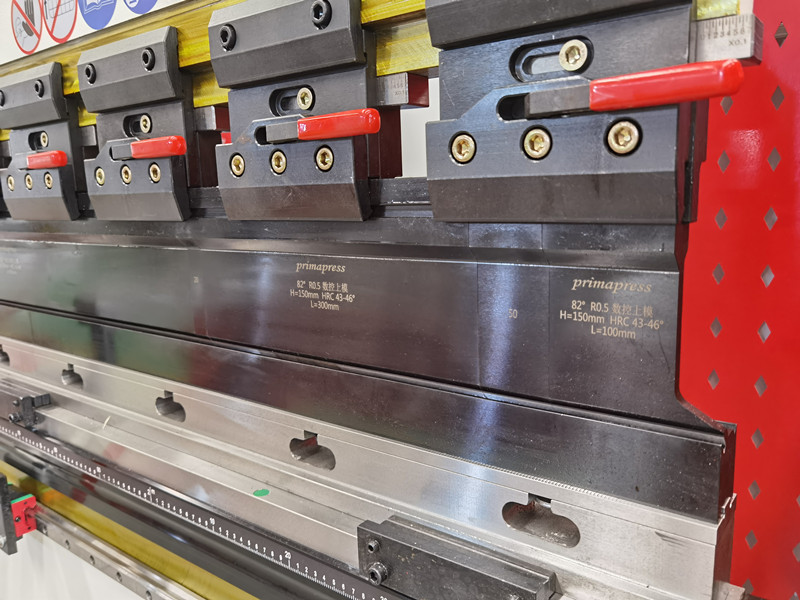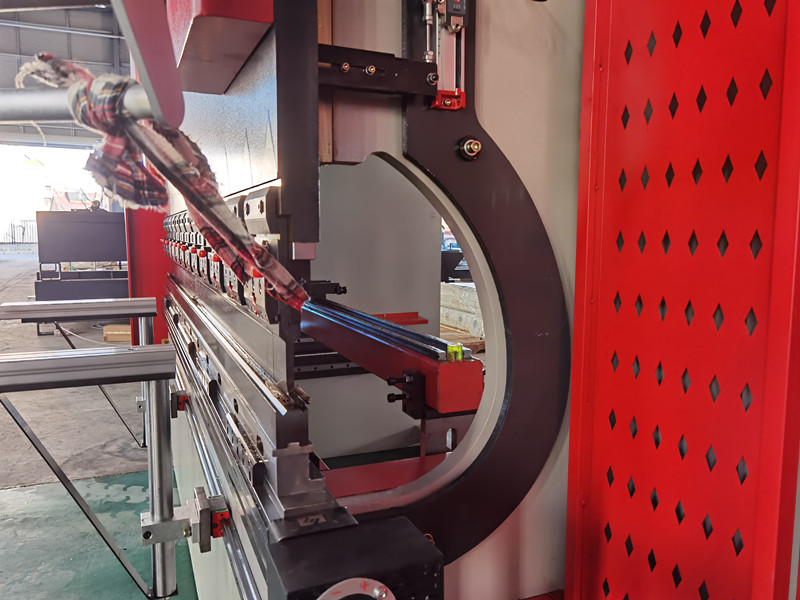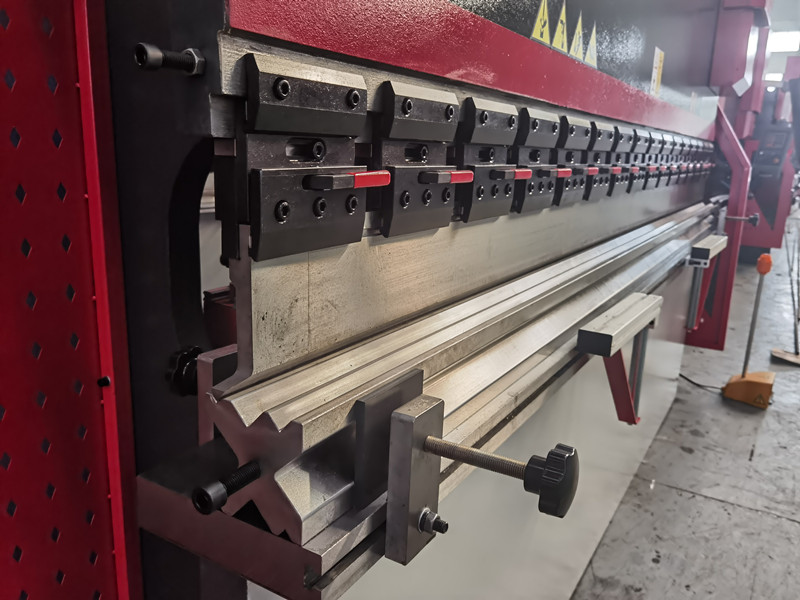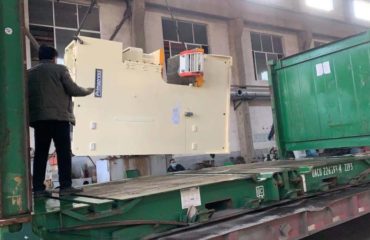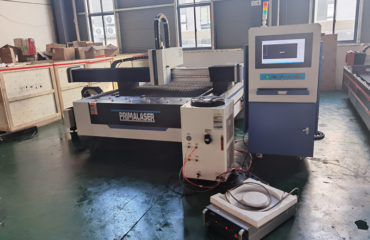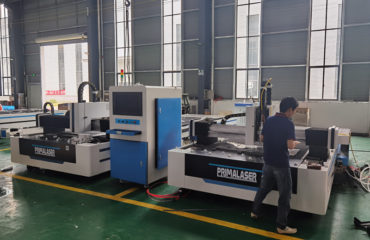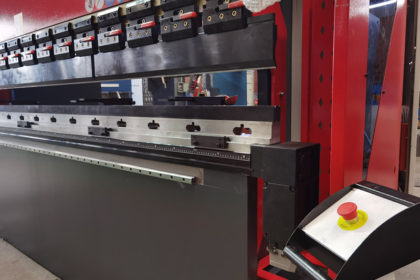
Why you should buy high precision press brake bending tooling with best raw material
Keywords: Bending machine mould or press brake tooling
In the process of using the bending machine, the demand for the mold of the bending machine is very large, and the accuracy requirements for the
mold of the bending machine are also very high, because if its accuracy is low, it will have a lot of influence on the product. For example, sheet metal
bending angle deviation, sheet metal rebound angle, deformation of bent workpieces, reduction of mold life and so on. So which materials are suitable
for making molds? In today’s article, I will give you a detailed introduction to the impact of low precision of bending machine molds on products
and the materials suitable for making bending machine molds.
The impact of low precision of the bending machine mold and press brake tooling on the product:
For some products with low precision requirements, the precision requirements can be relaxed; but for precision molds such as bending machine molds,
precision directly determines whether it is of high quality. So if the precision of the mold is not high, what impact will it have on the product? Let’s take a look:
1. Sheet metal bending angle deviation
If the angle of the bending knife is too large or too small, it will directly cause the angle of the finished sheet metal to fail to meet the expectations.
And if the blade of the bending knife is not straight enough, it will also cause the arc of the finished sheet metal to be too large instead of an obvious angle.
may affect the quality of the workpiece.
If the chamfering accuracy of the groove of the lower die is not high, if the angle is too large, it will cause the sheet metal to slide when it is bent,
resulting in deformation or too large of the bend. If the angle is too small, it is easy to leave an indentation on the bending part of the sheet metal,
which will affect the quality and appearance of the workpiece.
2, sheet metal rebound angle
The accuracy of the chamfer angle of the lower die of the bending machine mold is not high. If the angle is too small or too large, the depth of the
sheet metal pressing is too different. This is because the rebound angle of the sheet metal will be different from the estimated value, which will affect the quality of the product. .
3. Deformation of the bent workpiece
Some bending machine molds or press brake bending tooling will consider a concept called cavity at the beginning of the design. Its function is to avoid the position of the product.
If the accuracy of the cavity is not high, the part of the bent sheet metal will not be able to avoid the position when bending. , Contact with the cavity,
causing partial deformation of the workpiece.
4. Reduced press brake bending tooling mold life
The low precision of each part of the bending machine mold will affect its life. For example, the angle deviation of the upper and lower molds will
increase friction. The low precision of the mold handle leads to the deviation of the overall parallelism, which increases the friction in a certain direction
of the upper and lower corners. The low precision of the mold slot may cause the mold to shake, and the swing during operation not only reduces the life of the mold,
but also greatly affects the work efficiency.
Suitable materials for bending machine molds press brake bending tooling :
So what kind of material is suitable for the manufacture of bending machine molds? Different materials are used in different production fields.
Here I will cite several commonly used materials to compare their advantages and disadvantages.
1, high carbon structural steel
The elasticity is low, the hardenability after heat treatment is not high, and the hardness can generally reach HRC30-35 degrees. It is generally suitable for ordinary
bending machine molds. The main representative is 85 steel, whose strength and hardness are 75/70/80. The steel is slightly higher, so for workpieces with
low bending requirements, 85 steel can basically meet the requirements.
2, low-carbon alloy steel
Generally, the hardness and toughness of low-carbon alloy steel are much stronger than that of high-carbon steel. This is due to the addition of trace
metal elements such as chromium and molybdenum in the smelting process, and its performance has been greatly improved.
3, 42CrMo steel
It is a kind of low-carbon alloy steel with very good performance. After heat treatment, the hardness can reach HRC48±2 degrees, which can be well
adapted to the production of various high-precision and strict standards of bending machine molds with strong wear resistance. Now 42CrMo is used
at home and abroad Is more common and has a wide range of applications.
4, Cr12MoV steel
It is also a low-carbon alloy steel, which is more widely used on stamping dies. Because of its high hardness, high wear resistance and high hardenability,
it is well used in punching dies. With the development of industry, this kind of steel has gradually been put into the production of bending machine molds.
After heat treatment, the hardness is HRC55-60 degrees. Its high hardness and high wear resistance determine that Cr12MoV steel has a good application in special fields.
